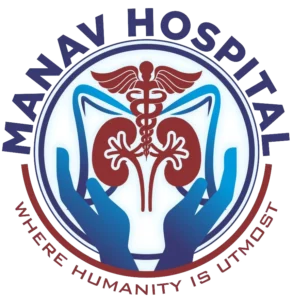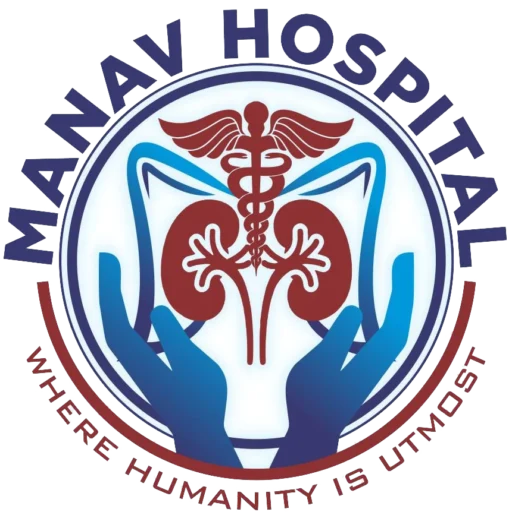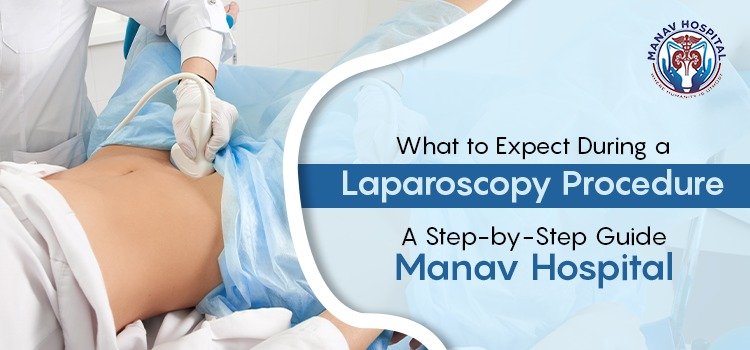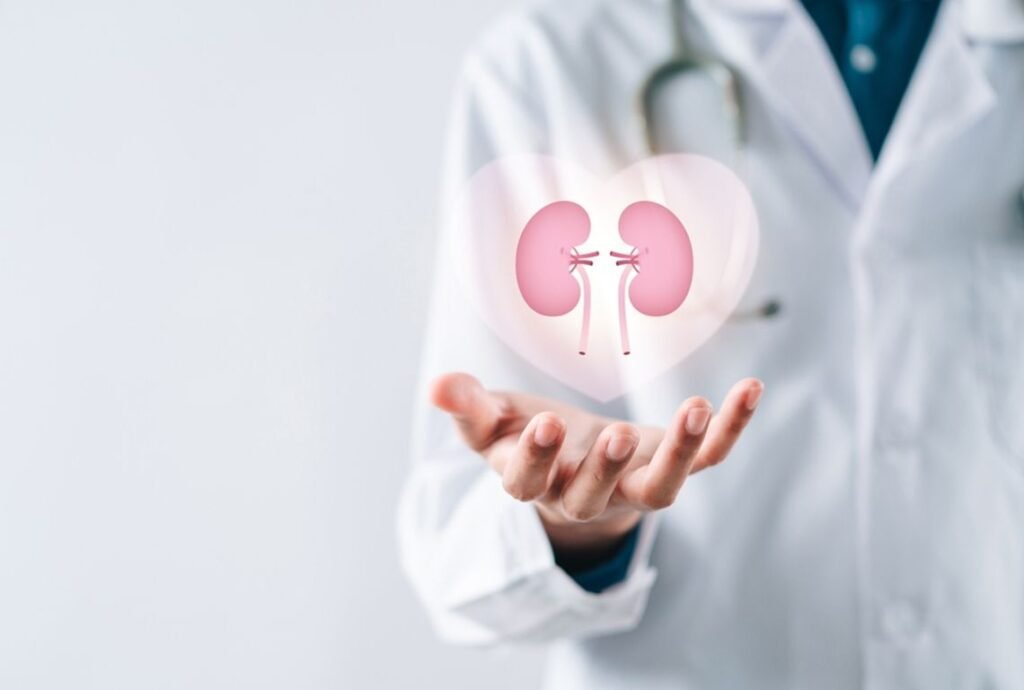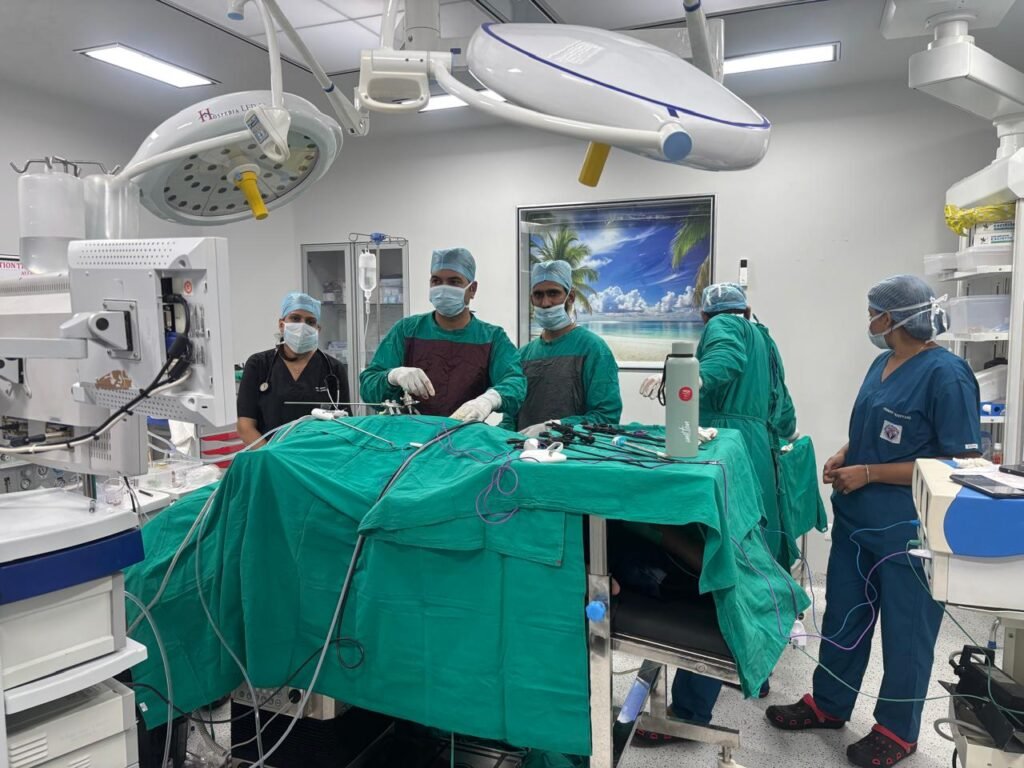Laparoscopy is a form of endoscopic surgery, wherein surgery is performed through small incisions instead of large open incisions. Having understood when this procedure is necessary, it is ordinary to develop some questions or issues. In this ultimate guide, you will learn everything that a layperson would like to know about laparoscopy including what is laparoscopy procedure, how it is done, and what happens during and after the process.
Modern surgery is all about eradicating pain sensation and making the process very fast. Laparoscopy is a well-known efficient surgical method for conducting operations without touching the patient’s internal organs directly. Whichever category you fall into, one thing that can make your experience more comfortable is this modern surgery performed in Manav Hospital.
Understanding Laparoscopy
Laparoscopy or keyhole surgery is a surgical technique where surgery is performed through several small incisions in the abdomen. Through these, a channel is formed for the sighting scope, called a laparoscope, to be passed through to enable the surgeon to look into and operate on the internal organs without having to make huge incisions.
This procedure is commonly used for:
- Diagnosis of abdominal or pelvic pain.
- Treatment of disorders like endometriosis, fibroids, or ovarian cysts.
- Performing biopsies.
- Treating and /or preventing gall bladder diseases or hernias.
Laparoscopic surgery is less invasive compared to a conventional surgical method providing shorter recovery time, less discomfort, and a small scar.
Preparing for the Procedure
Planning prepares you for a victorious laparoscopy. Here’s what you should do:
- Consultation: Inform your doctor about any previous illnesses, any known allergies, and the medication you are currently taking.
- Fasting: You should not eat or drink anything for almost 6-8 hours before the process.
- Medication Adjustment: Certain medications may have to be discontinued – especially blood thinners. Hence, always seek the advice of a doctor.
- Clothing and Comfort: As for wearing, wear comfortable and loose clothes on the day of the procedure. Take off any jewelry or accessories for the process.
Step-by-Step Breakdown of the Laparoscopy Procedure
Here is a step-by-step guide about what is laparoscopy procedure is and how it is performed in Manav Hospital.
Step 1: Admission and Pre-Operative Prep
When you get there, there are procedures that you will have to go through before you’re admitted. A nurse or technician will take your temperature, blood pressure, and pulse and will also enquire to be sure you have fasted. And, they ensure you change into a surgical gown. As per the case, having IV prepped for fluids and/or medications.
Step 2: Initial Incision and Gas Insufflation
Once in the operating room, a general anesthetic will be administered to make sure you don’t feel anything. Manav Hospital surgeons will insert a needle that will inflate the abdomen with carbon dioxide gas just slightly above the navel. This gas fills up that space, giving one a clear view as well as space to maneuver in.
Step 3: Insertion of the Laparoscope
Once gas insufflation has taken place, the laparoscope is inserted through the initial incision. The lens at the end of the laparoscope relays live pictures of your internal organs, thereby allowing the surgeon to see and operate with accuracy.
Step 4: Performing the Required Procedure
In some cases, the surgeon may make other small incisions to admit other instruments to use in the operation. Regardless of whether the cyst needs to be excised, tissue sutured or a biopsy made, these instruments are how the surgeon accomplishes this without causing significant harm to adjacent tissue.
Step 5: Closure and Recovery Room
After the procedure is over, the instruments and gas are withdrawn and the cut made during surgery is sutured or stapled. You will be taken to an operating theater where you are woken up by nurses and doctors after the operation is done.
Post-Operative Recovery
Now, that you know about what is laparoscopy procedure, its aftercare is important. Surgery recovery especially after laparoscopy is usually quick but then again one should adhere to doctors’ recommendations. Here’s what to expect:
- Immediate Recovery: Everybody experiences a little discomfort in the stomach because of the gas that is used throughout the process. Such symptoms may be relieved by analgesics, but it is essential to see a doctor.
- Incision Care: These wounds should be kept clean and dry. No exertion activities should be conducted until and unless the doctor permits.
- Diet and Hydration: You may be on clear liquids and then progress to a soft or low-residue diet. Ensure you drink a lot of fluids so that the skin can heal fast.
- Follow-Up Visits: It’s important to follow up on all the appointments for the right recovery process.
When to Contact Our Doctor
While complications are rare, it is crucial to seek medical attention if you experience:
- Persistent fever or chills.
- Intense, sharp, and throbbing abdominal pain that does not subside easily.
- Increased redness, swelling, or pus discharge from the incision sites.
- Difficulties with urination or bowel movements.
If you notice any of these symptoms, consult Dr. Sandeep Nunia, the best urologist in Jaipur, can ensure timely and expert care. His expertise in urological health makes him the right choice for addressing your concerns and ensuring a smooth recovery.
Conclusion
Laparoscopy is a safe method of treating many different conditions through less invasive means, with efficiency. When you know what is laparoscopy procedure and what to expect, then you will be prepared for your surgery. At Manav Hospital, the expert team guarantees you an excellent experience from arrival to departure.
If you have such concerns or are planning on undergoing laparoscopy, it is important to seek the advice of the experts at Manav Hospital. Renowned as the Best Urology Hospital in Jaipur, they understand that people’s health is one of the most important values and are ready to help you at any stage.
FAQs About Laparoscopy
Question1. Is the procedure painful?
Not at all, as this type of surgery is done under general anesthesia therefore you do not feel the pain at all. It is perfectly fine to have some undertones of discomfort or distension after surgery and can be rectified through medication.
Question2. How long does recovery take?
Full recovery is possible within several days to two weeks after the procedure’s completion. Recovery may take a shorter or longer time depending on the intensity of the procedure done.
Question2. Can I resume normal activities immediately?
Light duties are okay in a day or two but twisting and turning and other strenuous activities should be avoided for at least one week or as suggested by your doctor.
